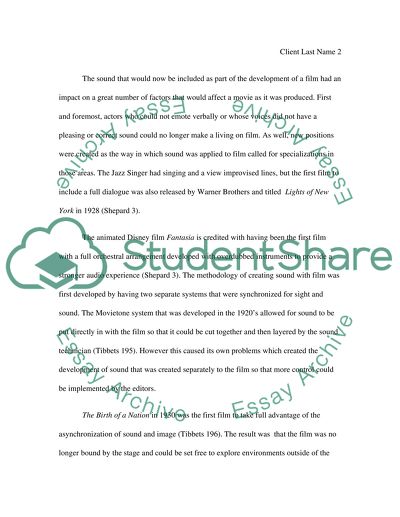Cite this document
(Use of Sound in Citizen Kane and Stagecoach Movie Review, n.d.)
Use of Sound in Citizen Kane and Stagecoach Movie Review. Retrieved from https://studentshare.org/visual-arts-film-studies/1566401-silents-to-kane-term-paper
Use of Sound in Citizen Kane and Stagecoach Movie Review. Retrieved from https://studentshare.org/visual-arts-film-studies/1566401-silents-to-kane-term-paper
(Use of Sound in Citizen Kane and Stagecoach Movie Review)
Use of Sound in Citizen Kane and Stagecoach Movie Review. https://studentshare.org/visual-arts-film-studies/1566401-silents-to-kane-term-paper.
Use of Sound in Citizen Kane and Stagecoach Movie Review. https://studentshare.org/visual-arts-film-studies/1566401-silents-to-kane-term-paper.
“Use of Sound in Citizen Kane and Stagecoach Movie Review”. https://studentshare.org/visual-arts-film-studies/1566401-silents-to-kane-term-paper.


